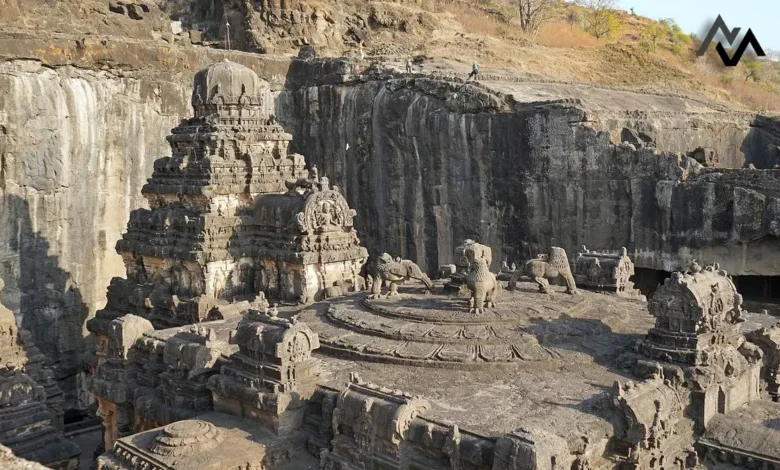Understanding Rock-Cut Architecture: A Marvel of Human Ingenuity

Rock-cut architecture is an extraordinary form of construction where entire structures, temples, or monasteries are carved out of solid natural rock. Unlike traditional buildings constructed with bricks and mortar, rock-cut architecture involves chiseling and shaping natural rock formations to create functional and aesthetically impressive spaces. This ancient architectural technique has left an indelible mark on the world, with notable examples seen in various countries like India, Egypt, and Turkey.
One of the most iconic examples of rock-cut architecture is found in India, where ancient artisans carved stunning cave temples out of massive rock formations. The Ajanta and Ellora caves in Maharashtra, for instance, showcase intricate carvings and murals depicting religious stories and divine figures. These caves date back to the 2nd century BCE and are considered architectural masterpieces due to the skill and precision involved in their creation.
Another notable site is the Great Temple of Abu Simbel in Egypt, built during the reign of Pharaoh Ramses II. This awe-inspiring temple was carved directly into a cliff, with massive statues of the pharaoh standing guard at the entrance. Similarly, in Turkey, the Cappadocia region is home to rock-cut churches and homes, carved into volcanic rocks, reflecting the ingenuity of ancient civilizations.
Rock-cut architecture served not just as places of worship, but also as shelters, monasteries, and even burial sites. The process of carving into rock required immense patience, advanced tools, and precise planning. The durability of these structures has allowed them to survive for centuries, giving us a glimpse into the architectural prowess of ancient civilizations.
Today, these rock-cut marvels continue to draw admiration for their grandeur, artistry, and engineering brilliance. They are a testament to humanity’s ability to shape nature itself into functional and beautiful spaces, merging spirituality with creativity.




